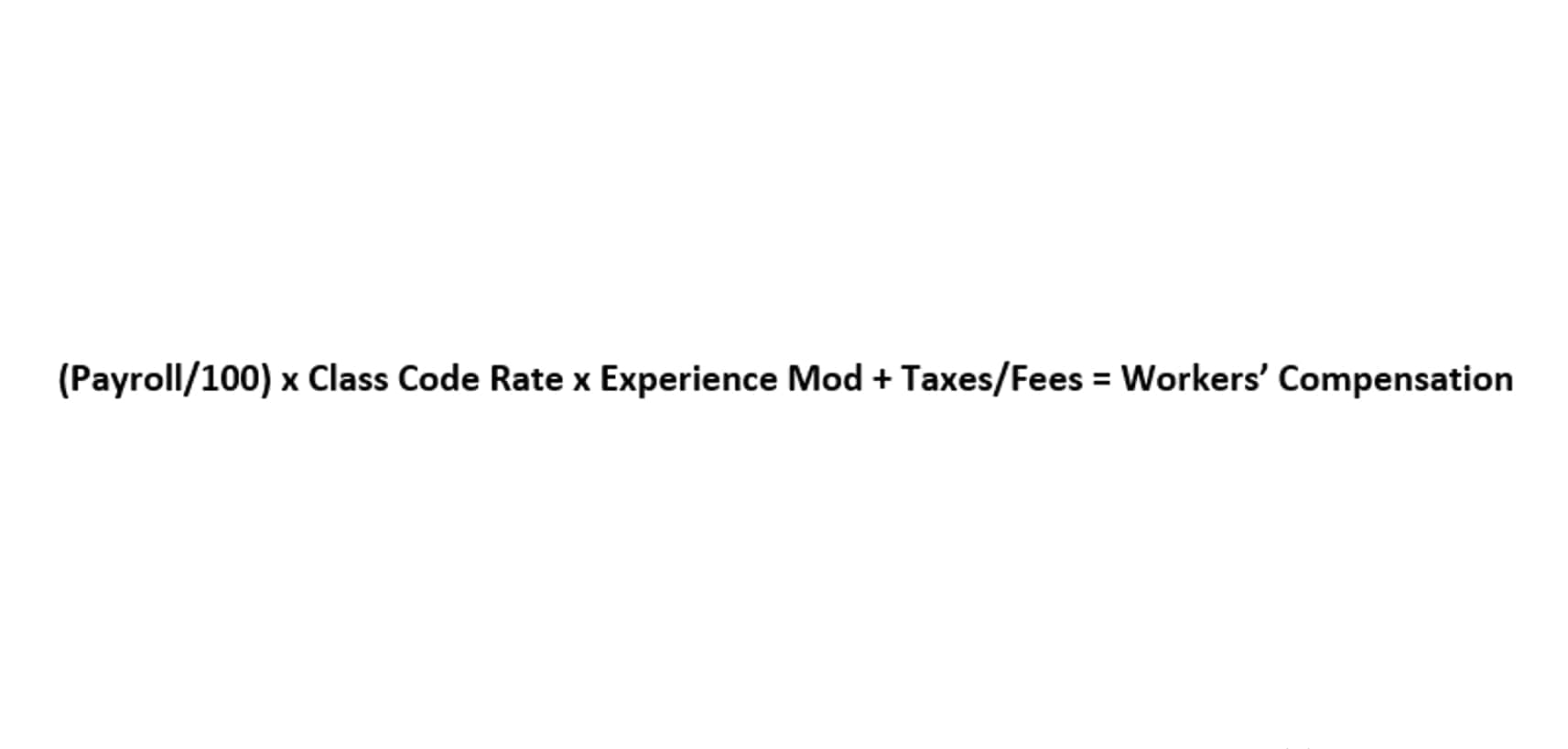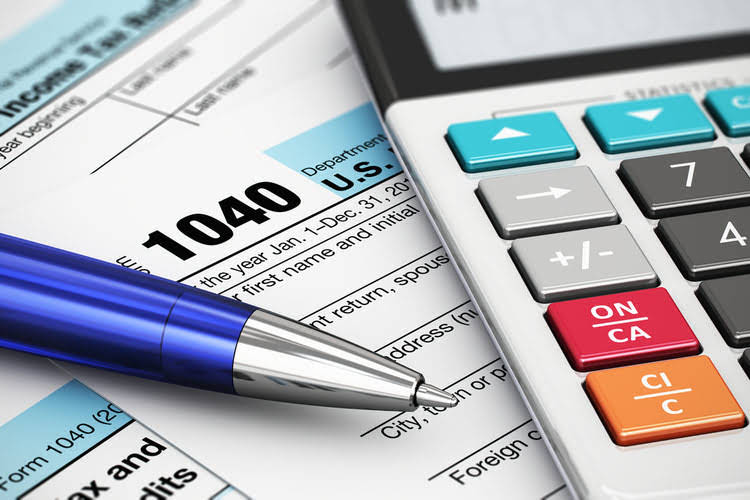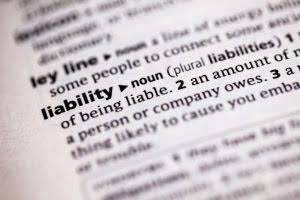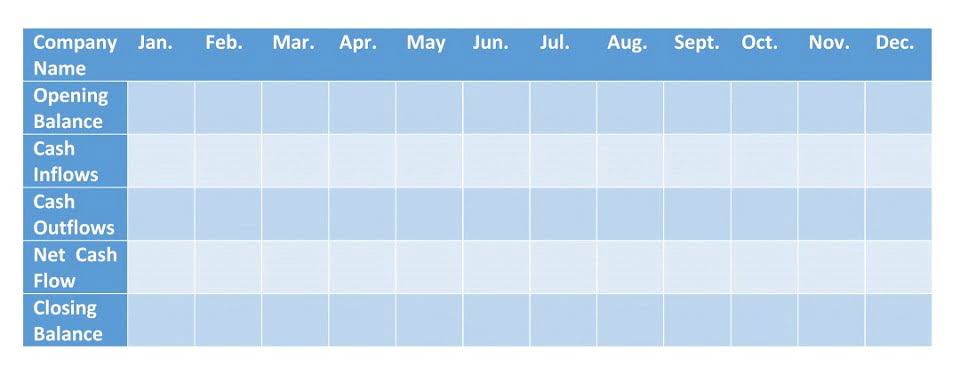The quantity of related items is $500, representing a normal monthly payment for January. Additionally, these rights serve as a safeguard for existing shareholders against the dilution of their ownership due to the introduction of new shares. If these rights were absent, shareholders could see their ownership percentage diminish if the company issued new shares without offering them the chance to buy in.
Each investor is paid according to their holdings when a company pays dividends to its shareholders. The total amount of dividends paid would be $200 if a company has 100 shares outstanding and issues a dividend of $2 per share. The total dividend payments can’t exceed this limit no matter how many shareholders there are.
Pro Rata in the Real World: Common Scenarios
Next, your multiply the daily rate by the number of days the employee was working to calculate the prorated amount for the partial month. Let’s start with some concrete pro rata examples to illustrate how these calculations work in different situations. To calculate its shares, you just need to divide the number of “true” by the total quantity of items. Founded in 1993, The Motley Fool is a financial services company dedicated to making the world smarter, happier, and richer. For example, if you’re moving into an apartment on any day other than the first day of the month, then your landlord is likely to pro-rate your rent for the month.
In partnerships, each of several partners may be liable pro rata according to their individual share in the partnership agreement. The pro-rated rent amount the landlord will charge Jane for the first month is $400. Jane has rented a new apartment for $1,200 per month and is moving in on the 21st day of the month. Another common situation when you will experience prorating is when you rent a property (e.g., apartment, office). The choice of rounding method should align with the specific situation and the level of precision required. Ethical considerations should guide pro rata decisions to maintain trust and equity among participants.
What to Look for When Buying a Luxury Ranch Property
Pro rata finds its way into numerous facets of our lives, simplifying the complex task of fair resource allocation. Let’s explore some common domains where pro rata calculations are indispensable. Equal division, also known as the “per capita” method, is perhaps the simplest form of pro rata calculation. It involves dividing a total amount equally among all participants or stakeholders.
Example Of Pro Rata Calculation Uses In Business
Whether it’s in commercial real estate, partnerships, or investment, pro rata share determines each party’s rightful portion based on their ownership percentage. In the employment context, pro rata is mainly used for part-time workers or employees working reduced hours. Part-time employees often receive a salary that’s proportional to that of a full-time employee. This arrangement ensures fair compensation for part-time staff and makes it easier for employers to manage payroll expenses.
- This method ensures that each party involved in a project, partnership, or employment situation receives their fair share in a transparent and fair manner.
- Add up the monthly contributions to get the total capital contributed on a monthly basis.
- Whether it’s in commercial real estate, partnerships, or investment, pro rata share determines each party’s rightful portion based on their ownership percentage.
Pro Rata in Insurance and Dividends
This method ensures that everyone receives an identical share, regardless of any other factors. On the other side, the method can also be calculated by dividing the quantity of related items by the maximum quantity of total items and then using this number to multiply by the “true” number. This amount indicates the rent cost for one day, so you can multiply it by 10 days of rent and thereby obtain the same $161 amount. In a nutshell, It provides the proportional distribution of something, whether it’s shares, dividends, or any other resource. Understanding pro rata is crucial, so let’s take a closer look at why it’s so important.
They do not participate in rights issues or preferential allotment of IPO pricing decisions, which impact their investment value. Despite owning shares on a pro-rata basis, small shareholders have limited voting rights due to their negligible stake. Pro-rata ownership does not empower minority investors with proportionate control.
- In demergers, as a company splits into separate companies, shares of the new entities are distributed pro-rata to existing shareholders.
- For minority holders, liquidating their investment becomes tougher despite owning shares on a pro-rata basis.
- The term stems from Latin and literally translates to « according to the rate. » You might encounter the term in many circumstances, but it generally means the same thing in every instance.
- The distribution of dividends to shareholders is one of the most frequent uses of pro rata in business.
- When it comes to dividend payment, this method is crucial to distribute earnings equitably, offering shareholders a payout that reflects their portion of ownership.
Interest Rate (#
It protects both the provider and the client against financial discrepancies, fostering a sense of fairness and trust in transactions. For example, let’s say you are moving in on 15 March and your monthly rent is $700, calculate your pro-rata rent for the month. Where the Total Amount is the full amount being allocated, the Relevant Metric is the entity’s proportional share, and the Total Metric is the total base for allocation. For instance, the premium for a 365-day house insurance policy with a Rs. 2,000 yearly premium that is terminated after 90 days of coverage is determined as follows.
With the use of this method, each concerned party receives a share that is proportional to their entitlement and contribution. This ensures that there is fairness in the company’s distribution process. Based on a party’s proportionate participation in business, the pro rata is used to calculate the reimbursement amount. Pro rata allocation plays a significant role in the world of investment and ownership. For example, when new shares of a company are issued in a rights offering, existing shareholders receive a number of new shares that is proportionate to their current holdings. This ensures that the investors’ ownership stakes and voting rights are maintained.
Ever wondered how your part-time salary is calculated or how dividends are distributed among shareholders? It’s a Latin term that translates to “in proportion,” and it’s the backbone of many financial and legal calculations. Pro-rata is a principle in finance that ensures fair and equitable distribution of shares, assets, profits and other entitlements based on ownership proportion. The term ‘Pro-rata’ comes from the Latin phrase, which means ‘in proportion’ and involves allocating something according to a predetermined ratio or formula. This article seeks to explain the definition of pro-rata and how it works in practice.
To calculate pro rata distribution, you will need to multiply the pro rata share with the quantity of related items. In the example, the pro rata share came out to be 50%, and the quantity of related items is the monthly rent’s monetary value, which is $600. Understanding pro rata is critical for making informed financial decisions that revolve around fair distribution. Instead, your insurance would use a pro rate calculation so that you only end up paying the share of the premium that you’d actually be using that year.
Companies often pay dividends to their shareholders as a reward for their investment. These dividend payments are distributed how to calculate pro rata share on a pro rata basis, which means each shareholder receives a proportionate share of the total dividend amount, based on their percentage ownership in the company. When a company pays dividends to its shareholders, each investor is paid according to its holdings. If a company has 100 shares outstanding, for example, and issues a dividend of $2 per share, the total amount of dividends paid will be $200.
For example, if a company that has 1,000 shares outstanding issues a total dividend of $10,000, this results in $10 dividend per share. Pro rata calculation is used by companies to assign the appropriate portion of the total dividend amount available to individual shareholders based on their holdings of dividend stock. As you encounter pro rata scenarios in your professional and personal life, these examples, formulas, and solutions will empower you to make informed decisions and ensure equitable resource allocation. Pro rata is a versatile tool that can simplify complex allocation tasks and promote fairness in various contexts. Weighted pro rata allocation reflects the varying contributions of each partner and ensures a fair distribution of profits.
The key point is that pro-rata looks at the actual time an investment or loan was outstanding when calculating interest rather than simply applying the full-term interest rate. This provides a fair and accurate determination of interest owed based on the time period the Principal was actually held or borrowed. Pro-rata allows for proportional interest calculations in situations where interest rates change mid-period or the Principal is held for less than the full original term. A corporation might distribute free bonus shares to current owners when its cash reserves increase.
Lack of financial capacity, voting power, information access, regulatory gaps and costs involved in participating in pro-rata corporate actions present major disadvantages for small investors. Allocate the end value of the investment fund (Rs. 500,000) pro-rata based on each investor’s ownership percentage. This simple formula is adapted and applied in different situations in the stock market.

















